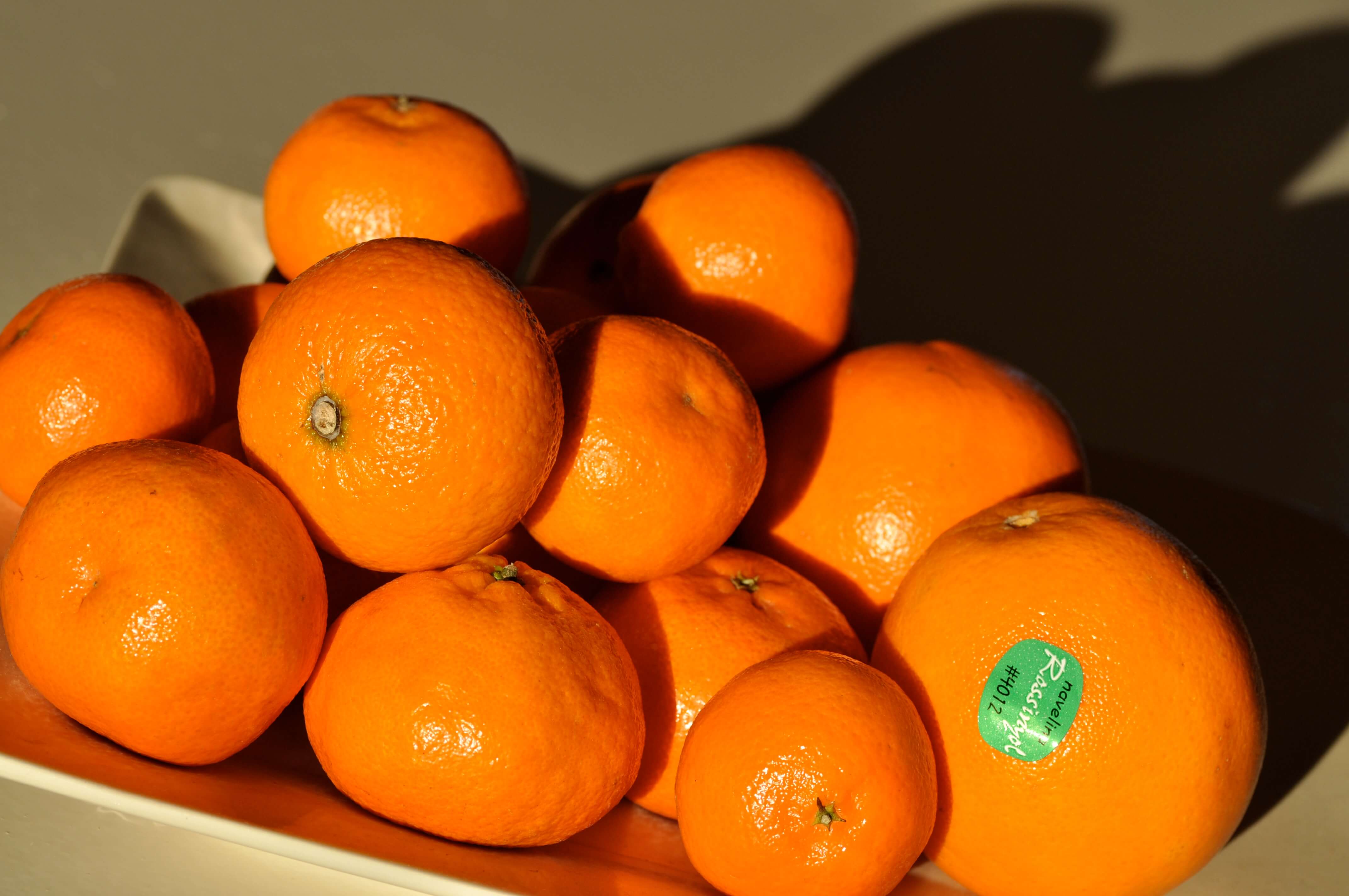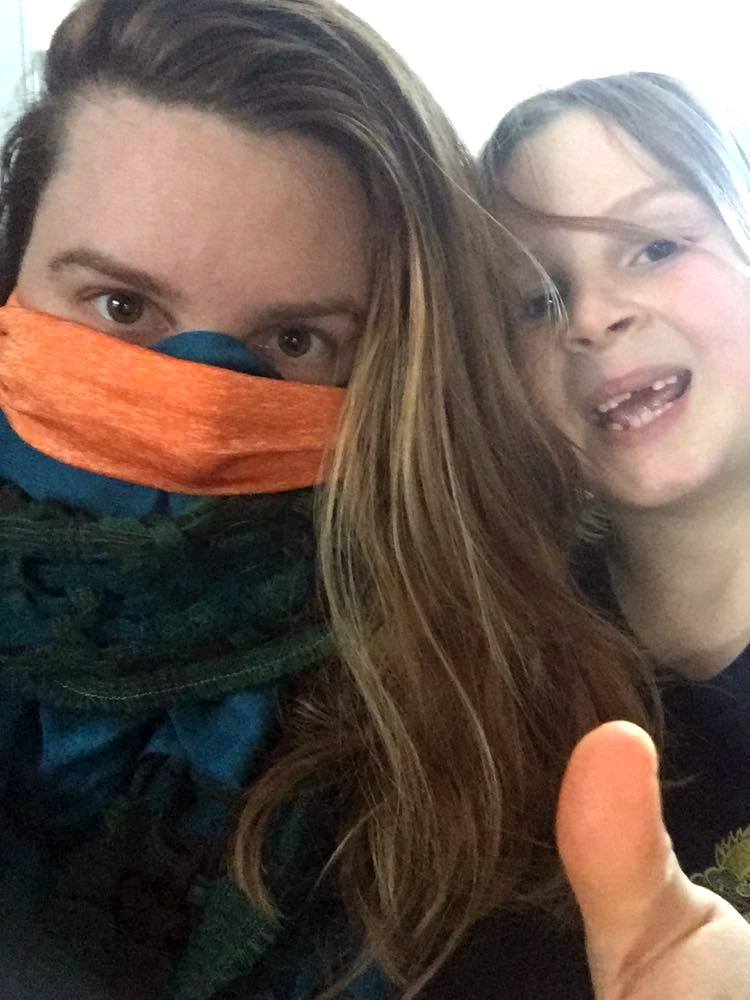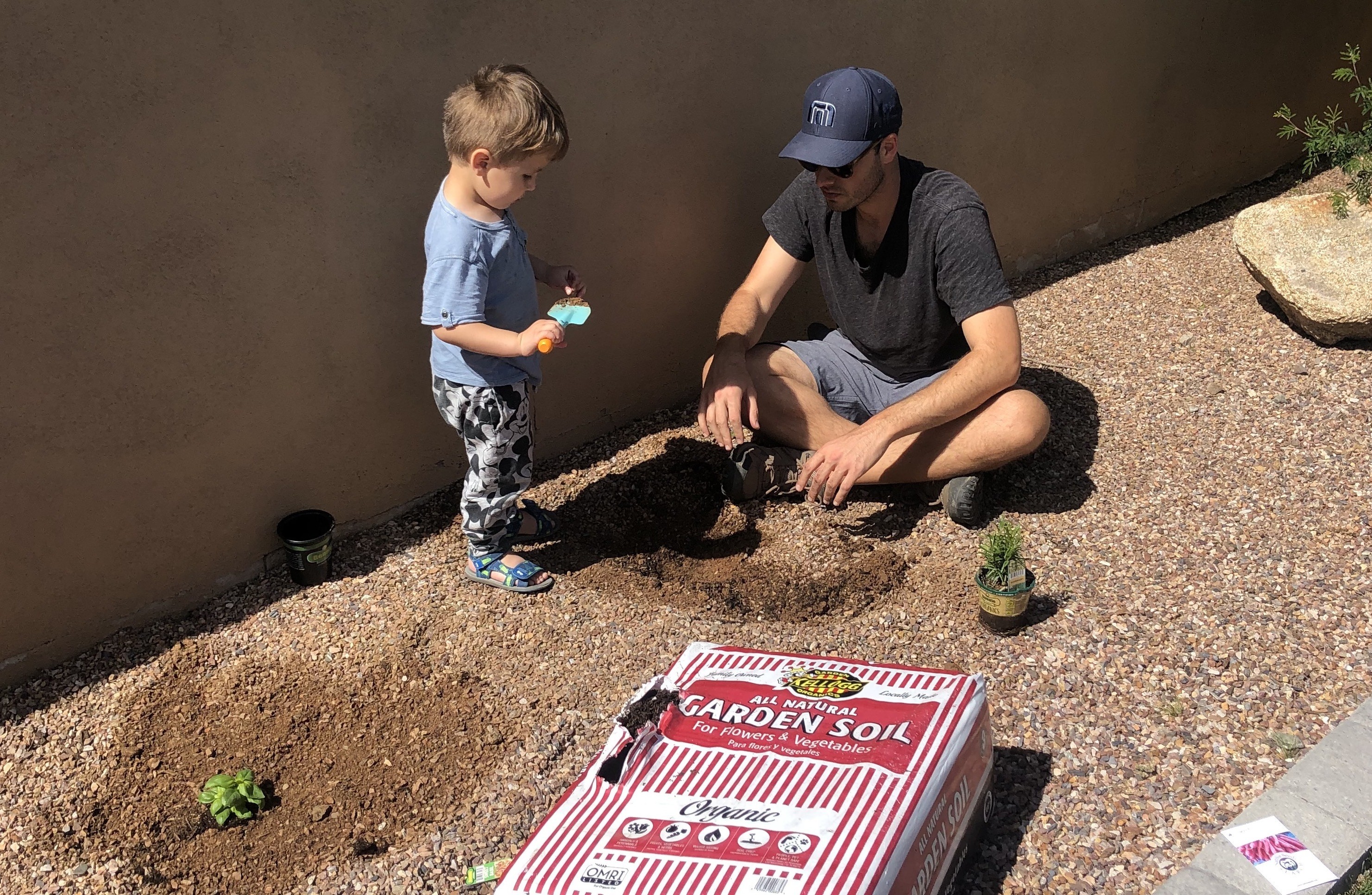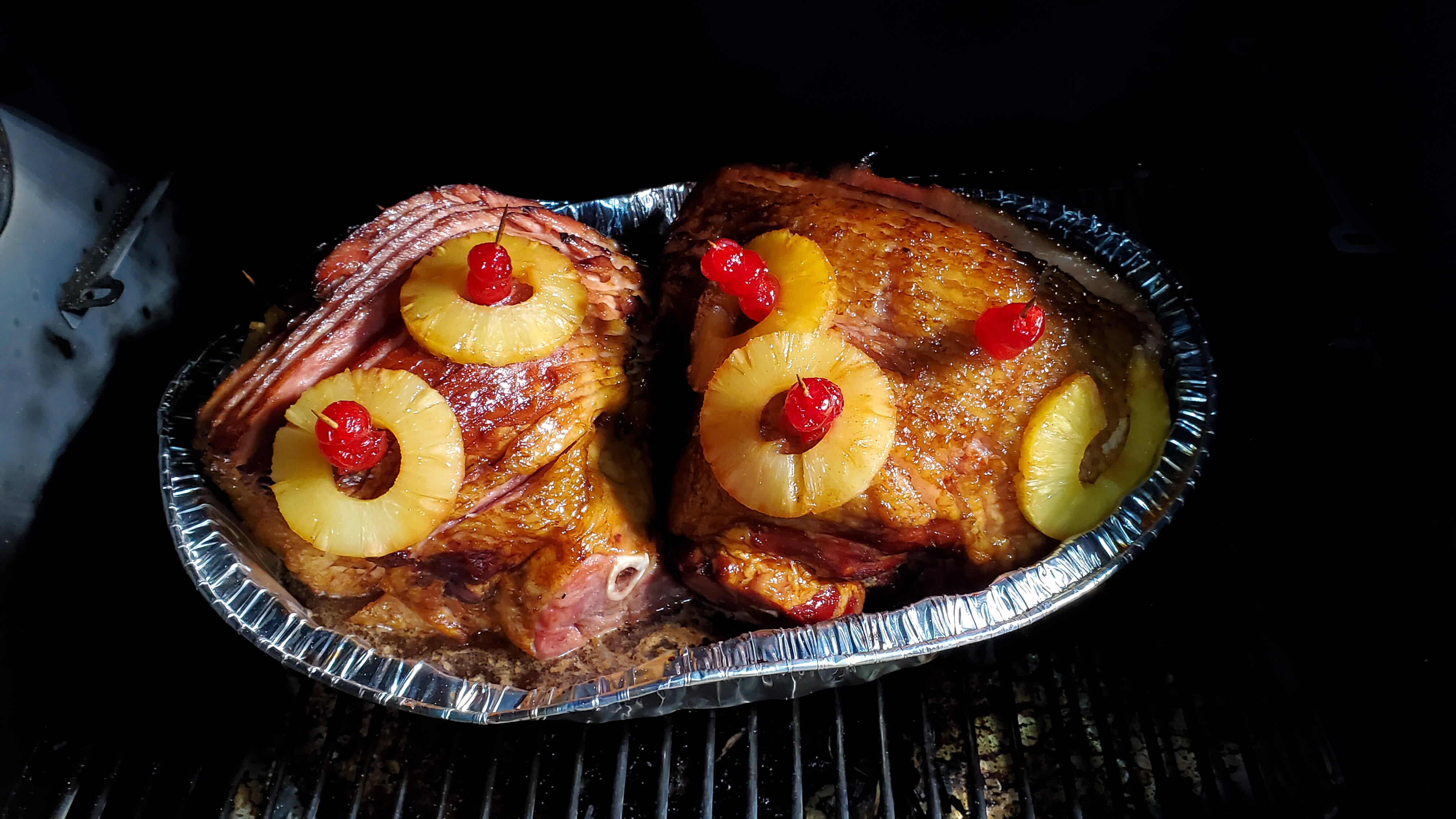
Flickr / Niklas Morberg
As I became symptomatic, my taste buds stopped functioning—and my interest in food started to wane.
I pulled back the skin of a clementine to reveal the soft, squishy treat inside—conjuring a familiar, tangy scent we all know and love. I inhaled deeply—preparing my body for a refreshing escape from this pandemic, closing my eyes to intensify the experience. After carefully peeling each crescent away from the others, I tossed one into my mouth and popped it with a splat as a burst of juice coated my tongue. Then I immediately spat it out.
My spouse attempted to sustain me with family favorites and special desserts—but even the most interesting dishes couldn’t ease the burden of my taste buds. I could no longer count on food for comfort or pleasure. My kids ate seconds, then thirds, when I couldn’t finish the portions that were prepared for me.
This was a symptom of Covid-19 I wasn’t prepared for—and mealtime eventually got worse when pneumonia developed. I was so fatigued that it took effort to raise a spoon. I’d pause periodically as I chewed—shoving tiny morsels into my cheek so that I could catch my breath. It took minutes to get down a bite, and after a few swallows, I usually gave up. The sour, chemical flavor was too menacing; the effort caused exhaustion. My interest in food waned for a while, and my appetite suppressed itself in an attempt to hush my rumbling stomach.
I was so fatigued that it took effort to raise a spoon.
Cristina Hoyt is a clinical nutritionist and body image coach with a Master’s in Science. She explains, “Eating is always better than not eating. Whatever you have available to you, you need to make sure you use it.” Lacking an appetite or desire to eat when we’re sick is pretty common—but our bodies need fuel to fight the illness. Those whose bodies are struggling with Covid-19 are living in a stressed state, and it’s crucial to find sustenance to aid in recovery.
If we aren’t motivated to eat or feel avoidant due to symptoms, scheduling snacks or meals help ensure we’re still getting food in our systems. Fatigue is one effect of Covid-19 that I encountered. It’s one of the body’s most obvious signals that it’s fighting illness. Hoyt reminds us: “Energy begets energy.” This means we need to feed our bodies the fuel they will use to power us up to combat fatigue and sickness, every two to three hours if possible.

Lauren Rowello
Rowello before going to urgent care for an x-ray.
One of the minor but frustrating symptoms of this virus is a loss of or change to taste perception. Bland foods—such as oatmeal or toast without added seasonings or flavors—should be more tolerable. It was difficult for me to manage even the simplest foods, but taste-free foods like pasta and rice were often my go-tos.
If you have trouble chewing or swallowing, seek out foods that aren’t highly fibrous which will require more time and effort to break down in your mouth. It would be helpful to consider foods that require less chewing if you also have trouble breathing for the same reason. Hoyt recommends soups, broths, and mashed or blended foods—like smoothies.
My hacking cough produced phlegm that I constantly gagged and choked on. If you’re dealing with similar issues, choose stocks that are clear or brothy rather than creamy. Find an alternative to dairy to reduce the impact of that symptom. If you’re working with a tight budget, stretch your dollar by making stocks from peels left over from other meals. You can freeze or refrigerate it to use later.
Bland foods—such as oatmeal or toast without added seasonings or flavors—should be more tolerable.
Children seem most impacted by digestive symptoms, but all bodies will react to this illness in slightly different ways. Consuming foods that are already broken down (like broths and smoothies) will make it easier for nutrients to get into your bloodstream and get to work.
As I recovered my health, and with it my sense of taste, only time was my ally. For another week, I sipped at tea, consumed morsels of slimy pasta with salt sprinkled atop, and nibbled at plain spinach and zucchini. My spouse was key to managing my recovery by setting timers for meds, cooking, and caring for the kids. A partner or roommate can be helpful if you’re too fatigued to make a snack or meal—but if they’re also too taxed or you’re single, you’ll need options that are easier to make. Consider canned foods or other prepared options (like frozen dinners) that can be ready with fewer steps. This could also help those who struggle with a lack of interest in eating due to stress, depression, anxiety, and disordered eating throughout quarantine.
As I began to recover, I craved the satisfaction of a savory crunch or sweet delight, and my fantasies tempted me to dream about decadent creations at five-star restaurants and my favorite offerings at food trucks around my city. My issues with eating became the most persistent consequence of Covid-19 despite suffering through more serious symptoms. Now that I can breathe, chew, and taste the foods I love to eat so much, what am I exploring? We’ve run out of our most appealing ingredients now that we’re a month into quarantine, so my choices are limited. But I’m still getting in the fuel my body needs.




